The old nursery rhyme is brought brilliantly to life in a colonial setting ... It just gets better with each rereading.
The House that Jack Built
Full teacher notes available here
The House that Jack Built is a book with two strands. The main rhythmic text, based on the well-known rhyme, tells the story of Jack Bull, who travels to New Zealand from London as a new settler in 1798.
The illustrations tell the story from a Māori perspective—beginning with the creation story of Papatūānuku and Ranginui and showing the changing environment and cultural impact.
The juxtaposition tells a poignant and thought-provoking story of colonisation.
Written by Gavin Bishop
MORE STOCK ARRIVING EARLY FEBRUARY 2023
-
Description
This is the dog
That worried the cat
That killed the rat
That ate the malt
That lay in the house that Jack built.“The House that Jack Built is a book with two strands. The main rhythmic text, based on the well-known rhyme, tells the story of Jack Bull, who travels to New Zealand from London as a new settler in 1798.
“The detailed contemporary illustrations … tell the story from a Māori perspective—beginning with the myth of creation: Papatūānuku the earth mother, Ranginui the sky father and their children as guardians of the land. As the story goes on and Jack’s house grows, Papatūānuku is shown in the illustrations to weaken and fade.
“This story holds a poignant environmental as well as cultural message and is a thought-provoking insight into the founding of New Zealand by the Europeans.”
(from www.picturebooks.co.nz)
-
Book Details
Country of Origin New Zealand Reader Age 5-7 year, 6-8 year Book Size 25 × 30 mm
(Paperback)ISBN 9781877467615
(Paperback)
-
Reviews
Available worldwide from your local bookstore or online.

Subscribe to our newsletter/s
Hear from us about new books, guest recommendations, behind-the-scenes and competitions.

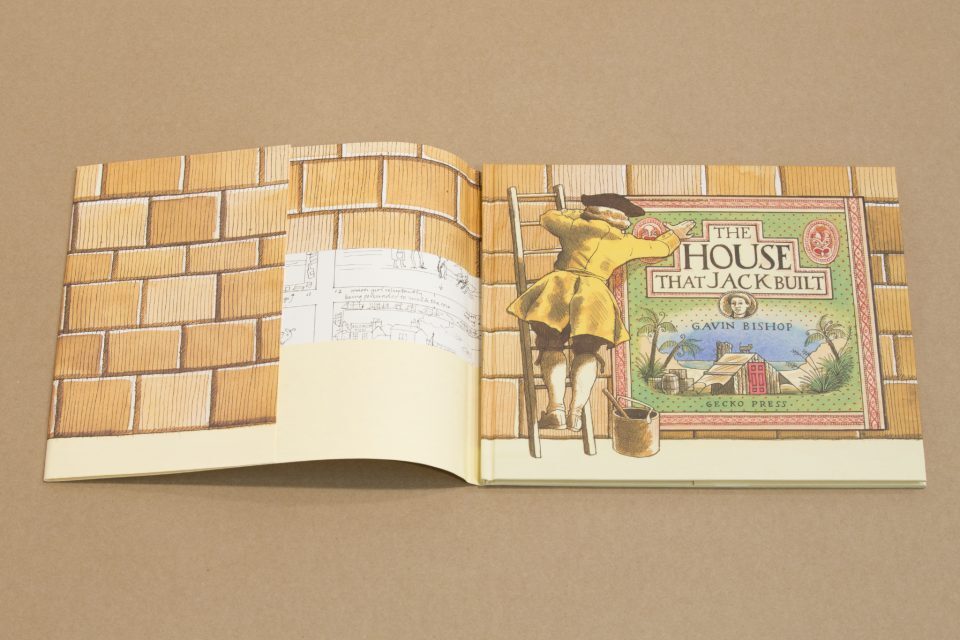

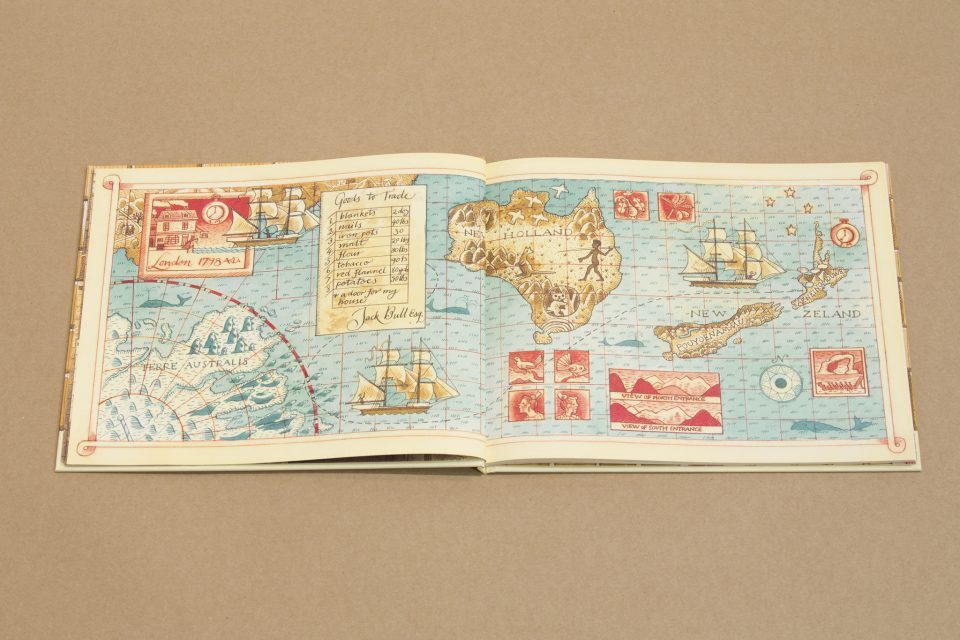
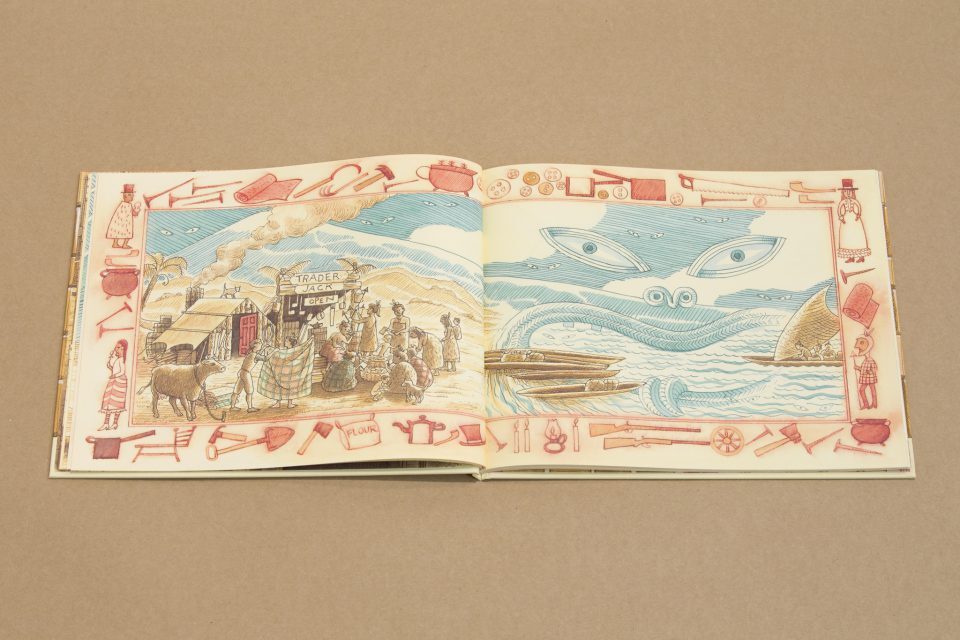
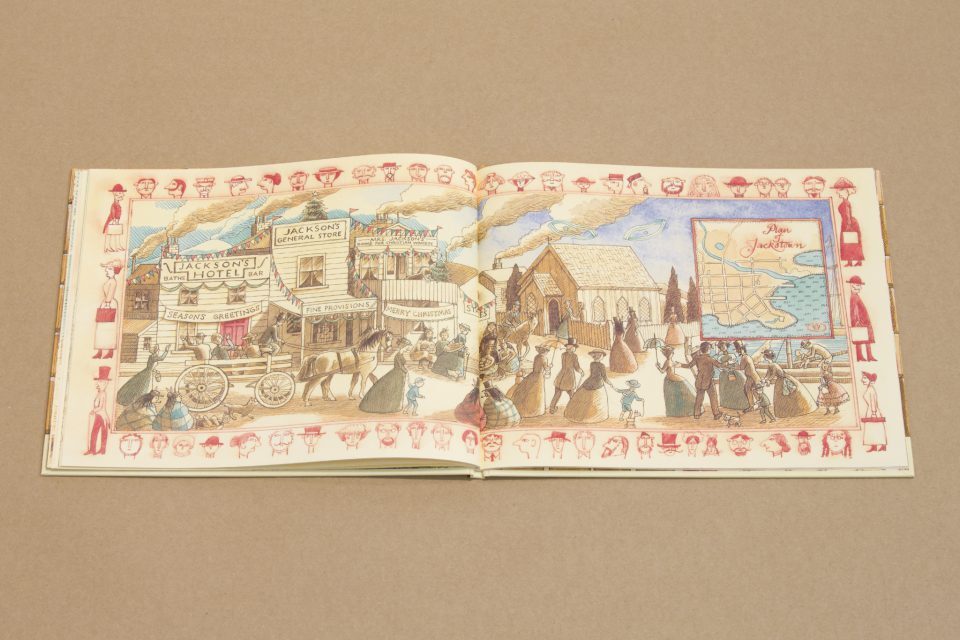
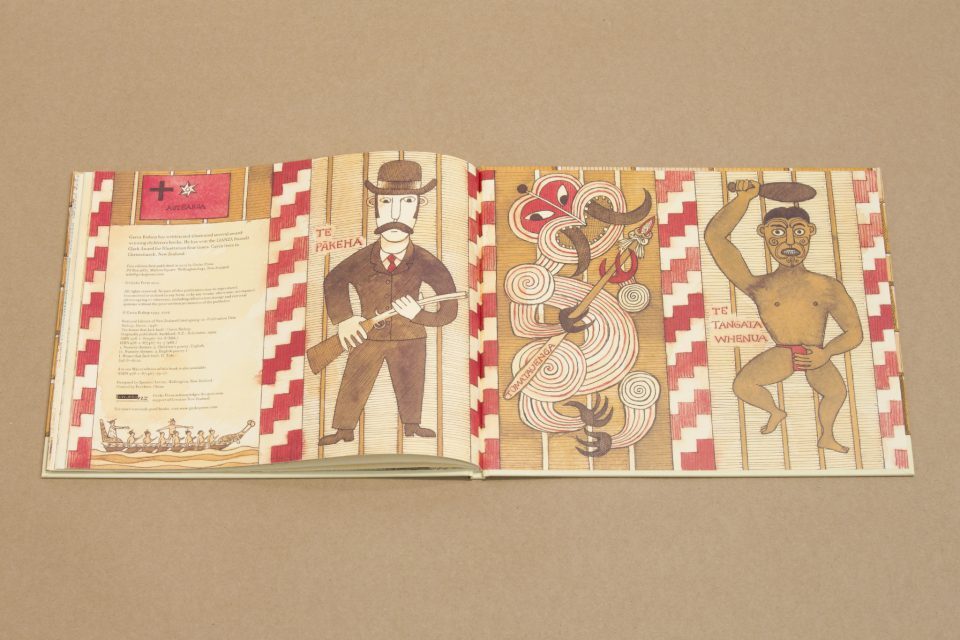
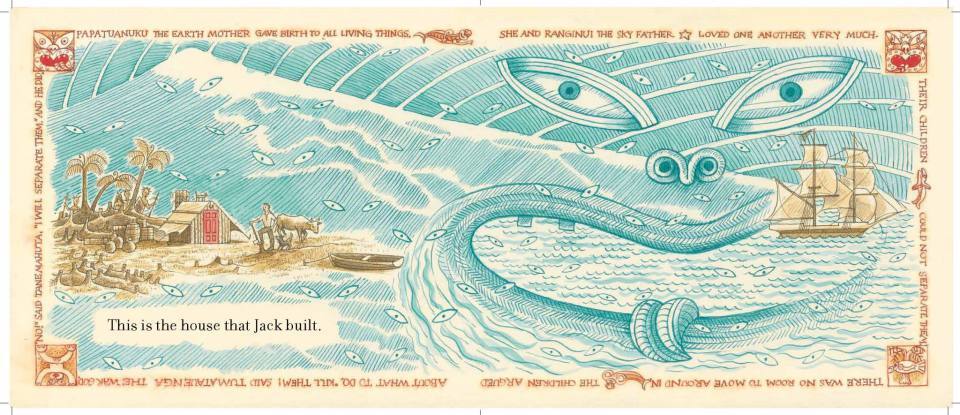
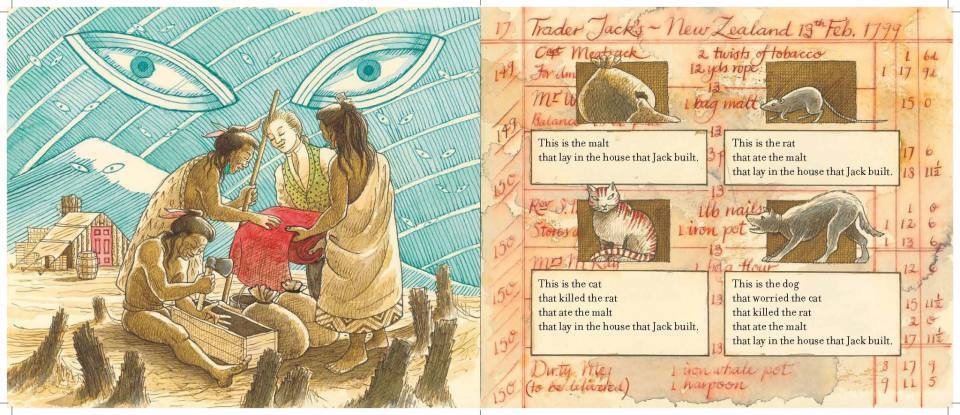

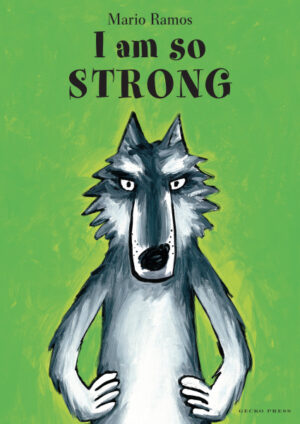
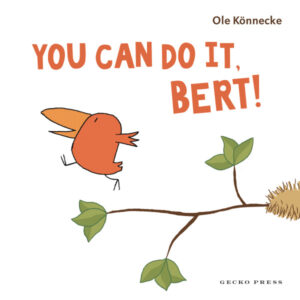

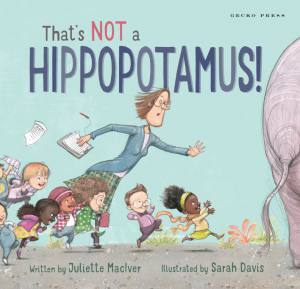


Widge Reviews, July 2012 –
The rhyme would appeal to young children while the messages in the artwork of this book speak of politics and even touch on religion for older children and adults to explore.
Around the Bookshops, May 2012 –
There are many hours of ideas and sub-stories to explore here … the publisher describes [this tale] as the story of our modern history.
The Children’s Bookshop School and Library Newsletter, Term 1 2012 –
Bishop’s multi-layered story of our colonial history … tells the story of Jack Bull … as a new settler in 1798. But the second story is in the striking illustrations as Bishop weaves in the Maori perspective, showing their spiritual commitment to their land and pressure from the settlers to acquire it.
Swings and Roundabouts, June 2012 –
A definite must for all early childhood centres. The illustrations … reminded me of Australian author Jeannie Baker and her environmental story Window, with its poignant environmental and cultural message.
parentsintouch.co.uk –
It is a fascinating look into Maori culture and will bring a whole new meaning to the story.
Saturday Express, June 2012 –
The House that Jack Built is a complex weaving together of the nursery rhyme with the cultural, historical and environmental context. It’s not a quick read, to barrel through it one would miss so much. It’s rather a thought-provoking book to savour, discuss and debate, and revisit with your family.
Trevor Agnew, Magpies, March 2012 –
There is pleasure to be found at many levels in this splendid book…The House That Jack Built was selected as a NZ Post Book of the Year at the end of last century, and now seems destined to become one of the important books of the 21st Century.
The Listener (Arts and Books), March 2012 –
The old nursery rhyme is brought brilliantly to life in a colonial setting, based on Bishop’s own whakapapa, wrapping indigenous myth in both word and pattern around traditional English text, drawing parallels between animals of myth and those brought by the Pakeha, and showing the blossoming of love between Bishop’s redheaded Scottish ancestor and the Maori ‘maiden all forlorn’. It just gets better with each rereading.
Radio Southland, February 2012 –
I have now found my children’s favourite New Zealand book. A big call I know. Especially when they are only 3 years old and 6 years old. But I feel that I can confidently predict that we won’t ever find a more beautiful book that will keep their interest for years to come as they discover the different layers within the book…This is a really important book with a very important story.